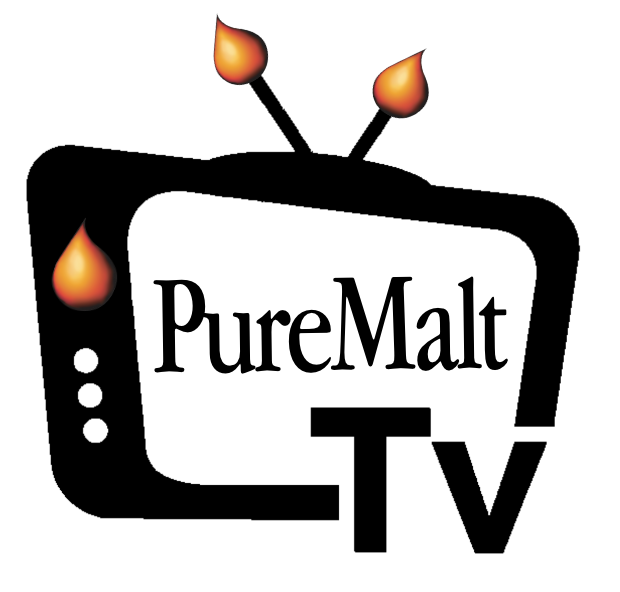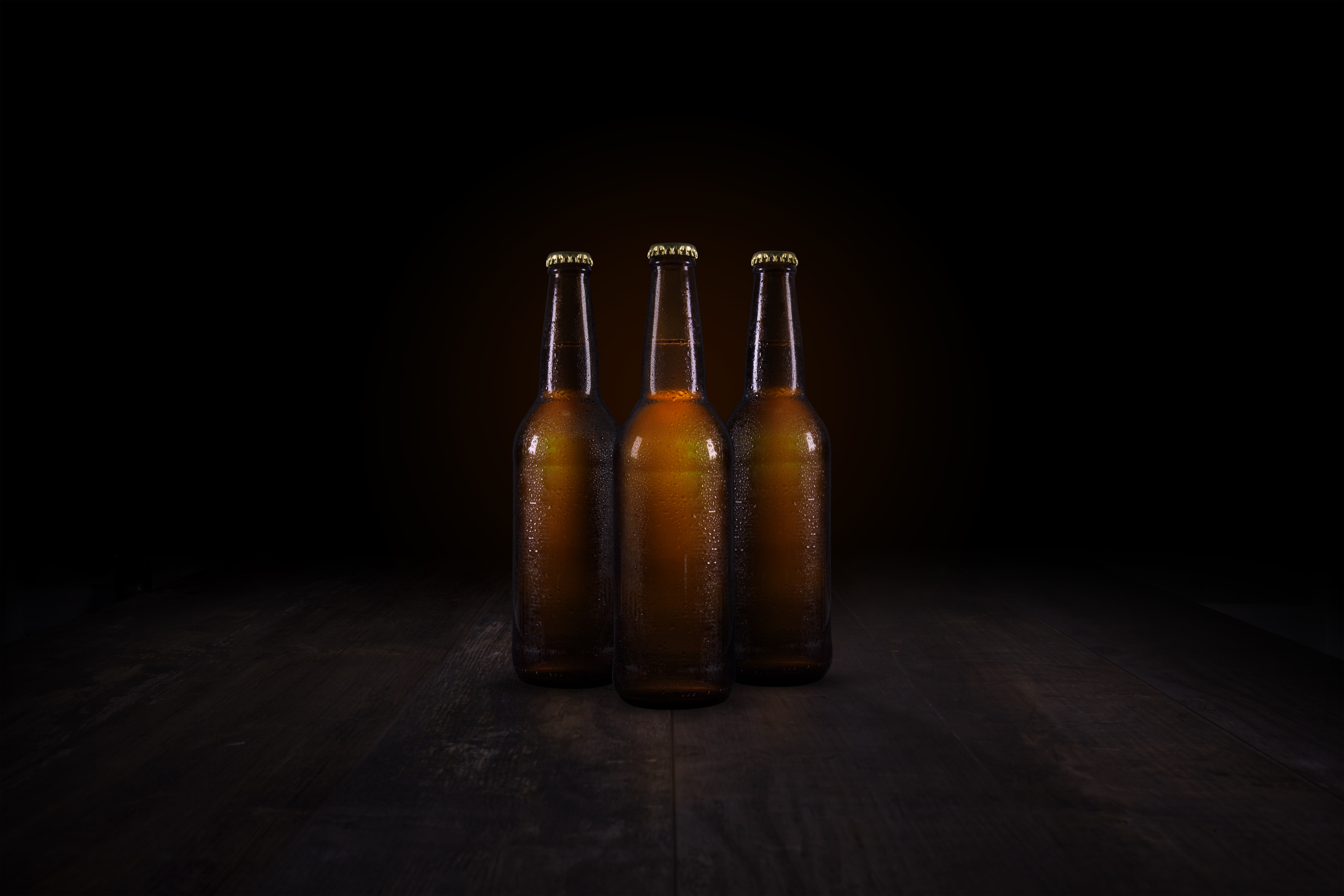Watch our third webinar in the Instant Innovation Series - 'Blondes, Bocks & Bitters'
In this webinar we present the current market trends of Blondes, Bocks & Bitters with a look at the growing craft trend, discuss innovation techniques available to brewers, followed by a virtual tasting of samples available to create bock, Belgian red & bitter beer styles.
Blondes, Bocks & Bitters
Innovation Techniques
As the consumer palette becomes more adventurous the demand for traditional and more specialist beer styles grows. This places pressure on brewer’s to find new ways of differentiating their red and dark beers from others on the market.
Here are a few more novel innovation techniques to consider when brewing new styles or enhancing your existing beers.
Water Profile
At typically over 90% of the constituent parts, water plays a large role in the final flavour, mouthfeel and drink-ability of beer.
Different geographies have varying geology creating highly specific water qualities.
Within the world of brewing there are some famous water profiles inherent to cities synonymous with beer styles.
Positives
-
- Simple to make additions to brewing liquor or mash
- Can produce consistent quality beers
Negatives
- May require CAPEX to treat incoming liquor (water)
- Requires full wort production and brewhouse processes
- Analytical chemistry and instruments required
- Incoming water quality
Bottle/Cask Conditioning
Bottle and cask conditioning are techniques often used in traditional British and Belgian brewing to perform a secondary fermentation in-pack that provides some carbonation and final flavour and mouthfeel to the beer.
Positives
-
- Utilise existing beer streams
- No maturation, filtration or force carbonation required
- Unique flavour profile when compared with keg beers
Negatives
-
- Requires investment in cask v keg
- Requires new brewery operator skills
- Limits beer shelf-life
- Requires training for the on-trade at PoD (cask)
- Requires clarification through fining
- Final beer quality is in the hands of the barman! (cask)
Freeze Distillation
Freeze distillation or fractional freezing is a separation technique that utilises the freezing point of a liquid to separate valuable materials from a combined state.
In the case of beer this means separating the water fraction from the alcohol and beer components which freeze at a lower temperature than water.
Positives
-
- Utilise existing beer streams
- Unique brand differentiation
- Effective concentration technique (abv & flavours)
Negatives
-
- High beer losses (>50%)
- Complicated processing technique in the brewery
- High CAPEX costs for specialist equipment
- Results may be variable batch-to-batch
Malt Extract
All beers are brewed from malted cereals (and adjuncts) in the brewhouse. Malt extracts follow the same traditional processing just without alcoholic fermentation.
Utilising refined malt extracts for late-stage-differentiation can be a highly flexible and effective way to develop new beer styles or add colour and flavour to existing brews.
Positives
-
- No conflict with brewhouse capacity
- Possible to create a truly unique recipe
- No batch size constraints
- Late stage addition
- Rapid NPD timelines
Negatives
-
- Requires beer filtration after addition
- Not brewed at your brewery but still made traditionally
Virtual Tasting
We used Strong Lager, Belgian Blonde and Pale Ale base beers.
Formulations available at the end of the article.
We will weigh out extract into sample cups and add a small amount of the base beer to create a pre-dilution which will then be added back to the base to create a sample.
CB220/65
Blended a dark crystal malt with a lighter caramel malt resulting in a characterful product showing a rich amber hue coming from the crystal malt and the dryer caramelised notes and additional sweetness and body from the caramel malt.
Strong lager base
Addition Rate 0.6% w/v = 0.9 g in 150ml
VISUAL – Warm amber red colour, 15 EBC colour increase (Bock style beer)
TASTE – Compared to control, malty complexity, dryer caramelised notes from crystal malt, balanced sweetness and body from caramel malt. Elevated from premium lager to malt forward bock.
CB400/65
100% dark crystal malt concentrate, rich red tone, dry crystal caramelised and toasted notes.
Addition rate 0.8% w/v = 1.2g in 150 ml
Base beer – Belgian blonde/Golden ale
VISUAL – Rich amber red colour, +28 EBC Colour, Belgian red
TASTE – Robust crystal malt, caramelised profile, notes of liquorice
RUBY
Roast malt concentrate 6500 EBC, subtle roasted characters, some caramelised profile and some colour.
5.5% ABV hoppy pale ale base beer
Addition rate 0.2% = 0.3g in 150 ml
Create pre-dilution and add back to base
VISUAL – Increase colour +13 EBC (Bitter ale)
TASTE – Delicate, smooth mild roasted profile adding depth and increasing body
Webinar Materials:

Watch Next:
Dark, Schwarz & Stouts Webinar
Brewmasters Virtual Roundtable
0.0% Alcohol-Free Beer Webinar
Premium Pilsners Webinar
If you require further information please feel free to get in touch with our  form.
form.
We hope you find our webinars useful!



